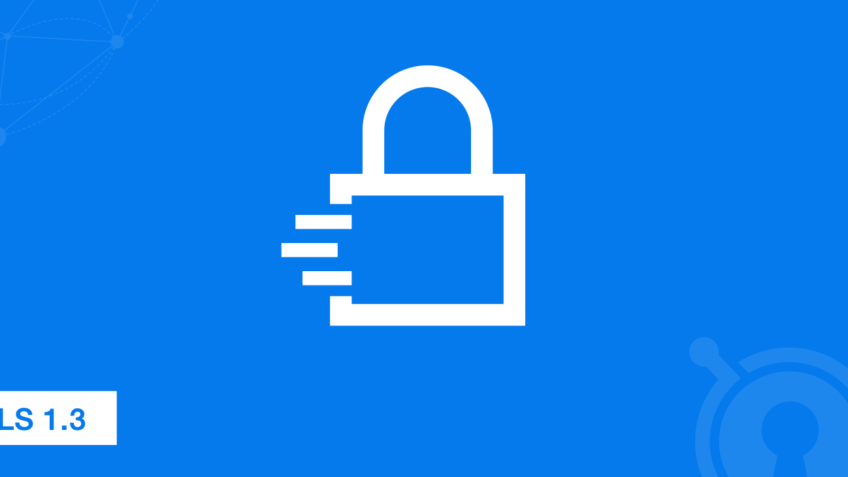What is TLS 1.3?
A cryptographic protocol that helps to provide proper communication security on all modern websites is called Transport Layer Security (TLS). It was launched in 1999 in the form of Secure Socket Layer (SSL 3.0) and then in 2008 SSL gets upgraded into TLS. The 1.2 version of TLS receives great success in the past 10 years. TLS 1.2 provides an ever-changing landscape for web security and improves the emerging cyber threats. Finally, in August 2018 TLS 1.3 has been released. TLS 1.3 is an improvement host for TLS 1.2. The major two important things that can be judged by a protocol are Security and Latency and TLS 1.3 prove itself right in both these areas.
Obsolete Algorithms and Ciphers Removes by TLS 1.3
Security and speed are the two key areas that excel TLS 1.3 over its predecessor. Various vulnerable and outdated features which are present in TLS 1.2 are removes from TLS 1.3. Some of the ciphers and algorithms that are discounted by TLS 1.3 are:
- RC4 stream cipher
- RSA key transport
- SHA-1 hash function
- CBC (Block) mode ciphers
- MD5 algorithm
- EXPORT-strength ciphers
- Various Diffie-Hellman groups
- DES
- 3DES
The implementation of the simplified protocol is easy and simultaneously provides some opportunities for hackers to explore.
TLS 1.3 Provides Improved Security
The vulnerable or phishing attacks on the websites are caused by high amounts and mind-blogging but with TLS 1.3 these attacks become less. One thing that is common between all these vulnerabilities is past weaknesses. Some vulnerabilities can be exploited by TLS 1.2 but it does not mean that it is not secure. There are various outdated ciphers and algorithms present in TLS 1.2 that may cause problems and invitation to cybercriminals. Due to the outdated services and features in TLS 1.2, transmitting information can be attacked or steal and this is the reason TLS 1.3 has been launched. TLS 1.3 helps to eliminate these vulnerabilities and entities and also introduces secure ciphers and algorithms.
TLS 1.3 Faster Than TLS 1.2
The latest new handshake is launched by TLS 1.3 that decreases the time it takes to encrypt a connection. For completing the handshake, TLS 1.2 took two round trips but TLS 1.3 took only one round trip. The encryption latency decrease to half due to this change in TLS 1.3. The difference between TLS 1.2 and TLS 1.3 is in milliseconds but then also it raises up the scale and improves the network performance.
Improved Latency
HTTPS is outstanding for security and protection and everyone knows this fact. Speed is the one thing that goes against HTTPS. In the SSL/TLS handshake, authentication and encryption are involved which increase the connection time between server and client. The time lap is just half a second but a great difference can make a substantial impact on stock trading. The latency decrease to a great extent by TLS 1.3 improvised handshake and this is because in TLS 1.3 handshake one round-trip is used for making the connection between client and server. Time to the first byte (TTFB) gets decreased drastically.
How to Enable TLS 1.3 in Google Chrome?
There are some steps to enabling TLS 1.3 in Google Chrome:
- Type chrome://flags/ in the address bar of Chrome and click Enter button.
- Now, go to Maximum TLS version enabled and select TLS 1.3.
- Relaunch the Google Chrome browser.
- Go to https://istlsfastyet.com/
- Now press F12 and go to the security lab option.
- Reload the website in Chrome.
- Select the link listed under the Main origin.
How to Enable TLS 1.3 in Mozilla Firefox?
There are some steps to enable TLS 1.3 in Mozilla Firefox:
- Search about:config in the Firefox address bar and press Enter.
- Now type tls.version.max in the search space.
- Change the value from 3 to 4.
- Restart the Mozilla Firefox.
- Types https://istlsfastyet.com/ and hit Enter.
- At last click on the padlock present in the URL bar.


